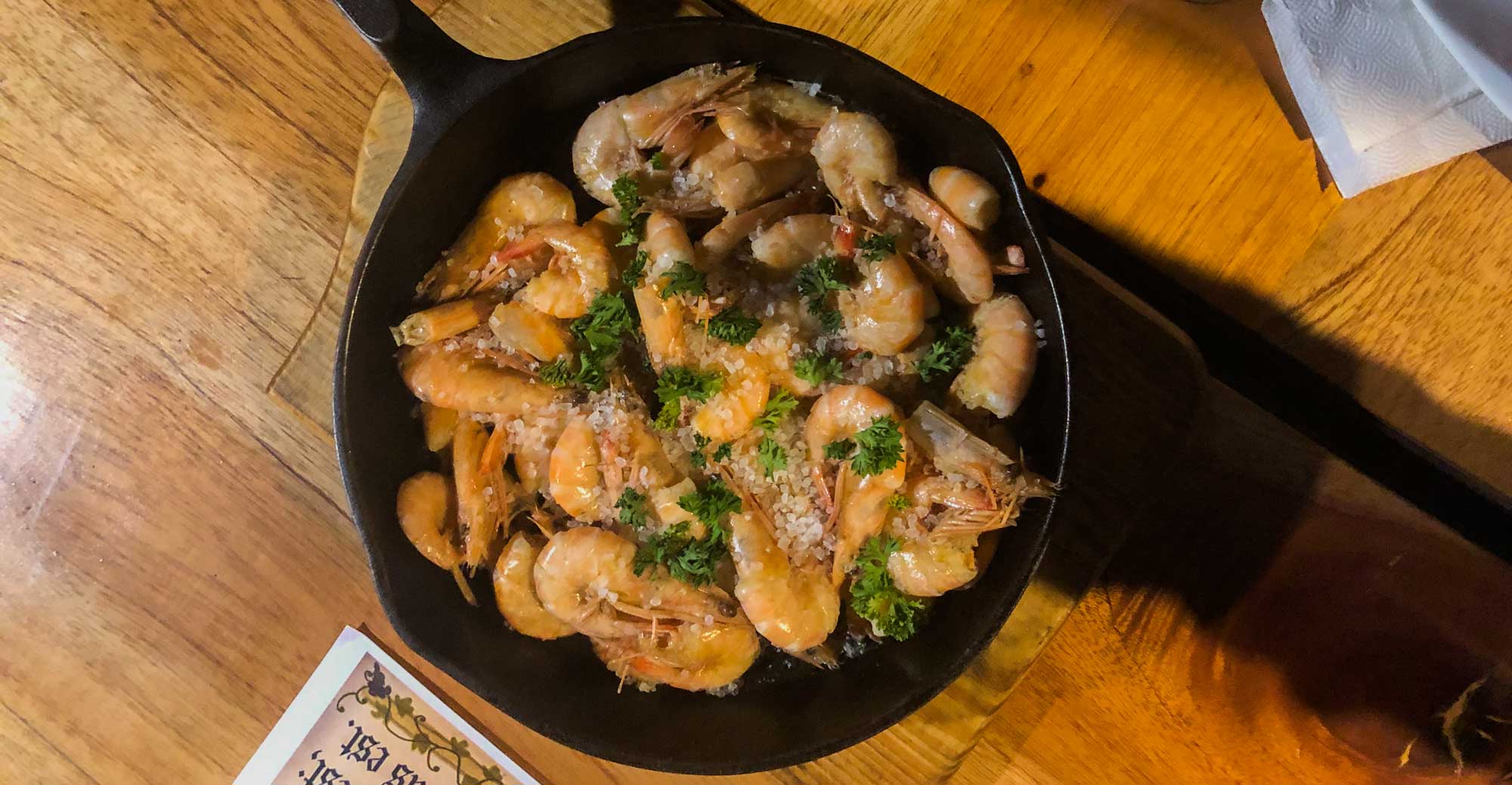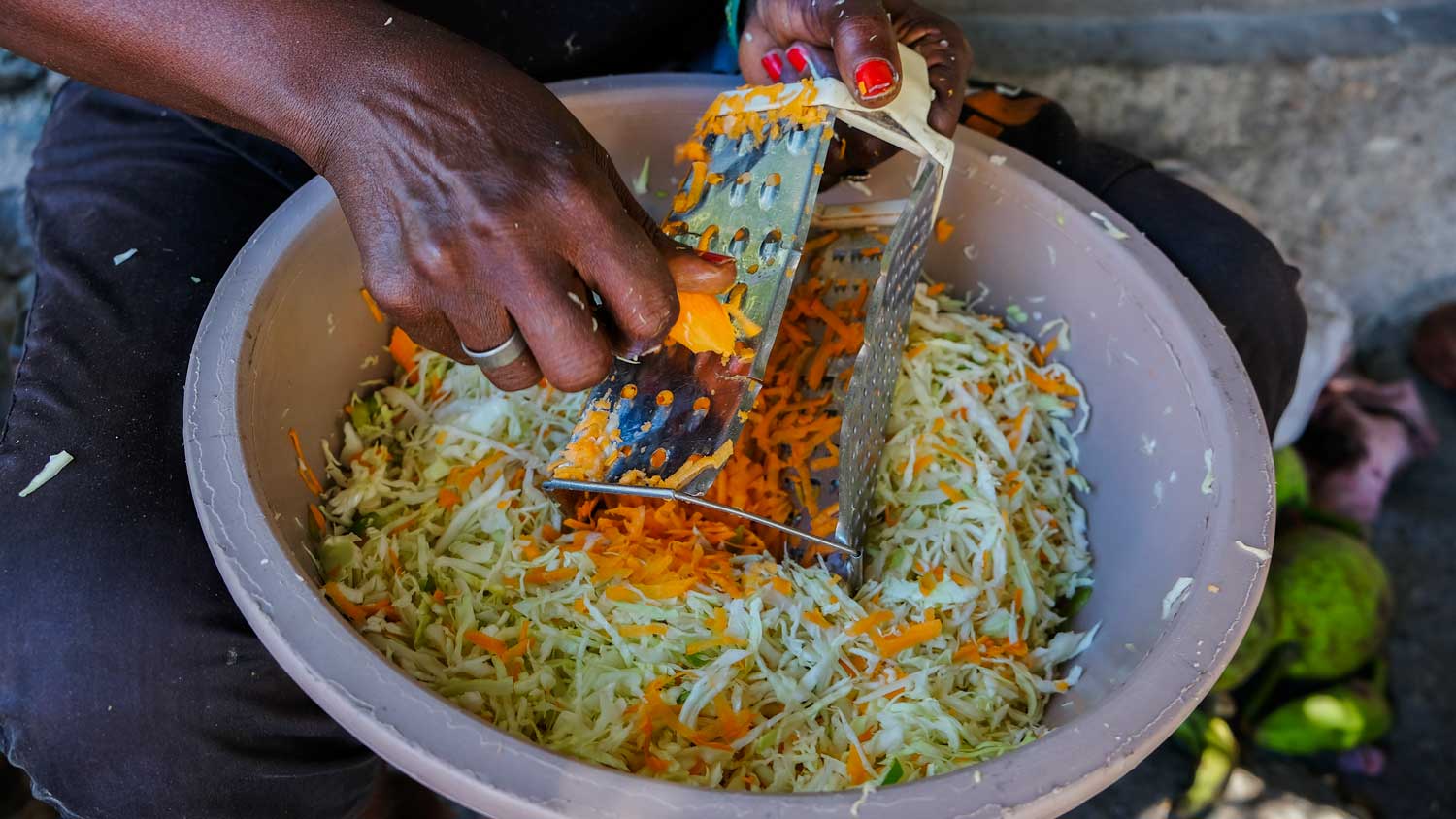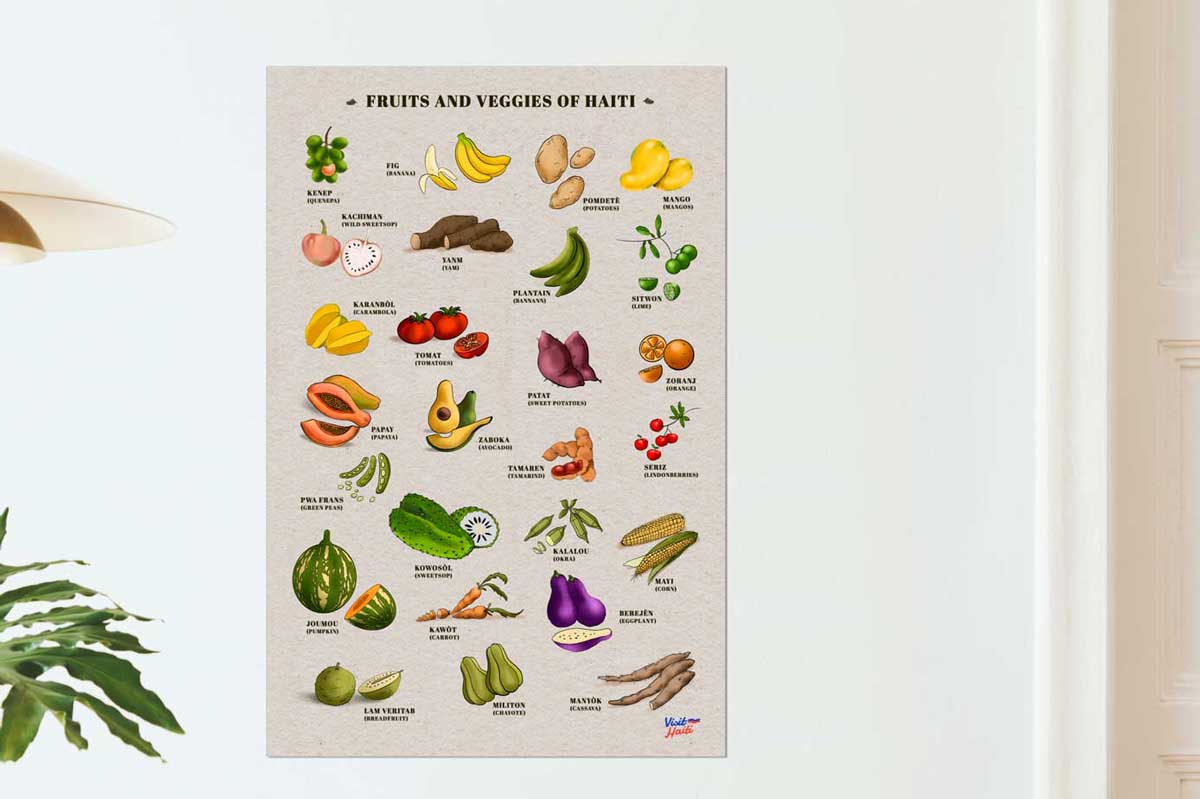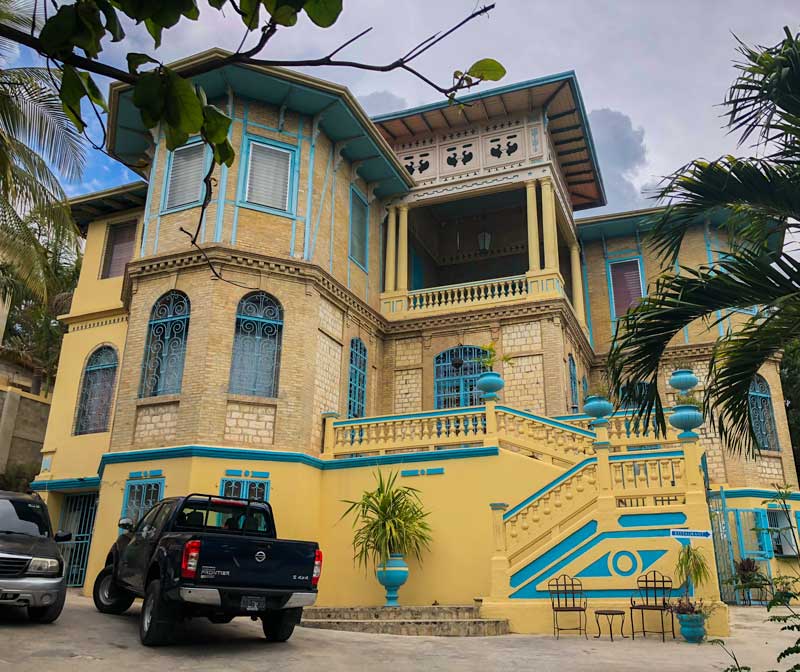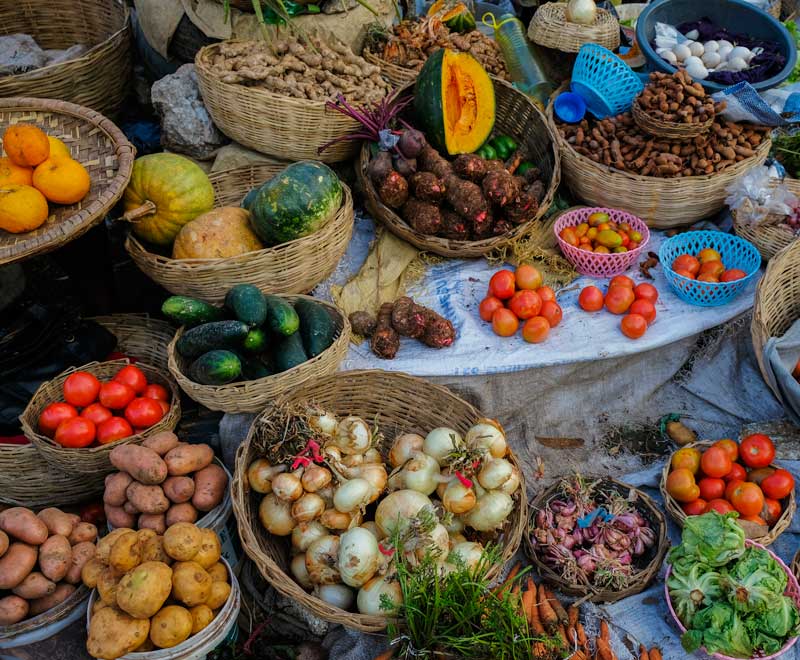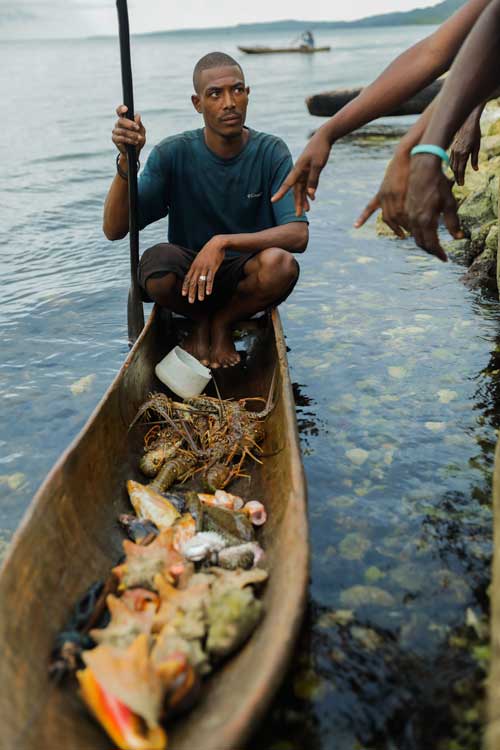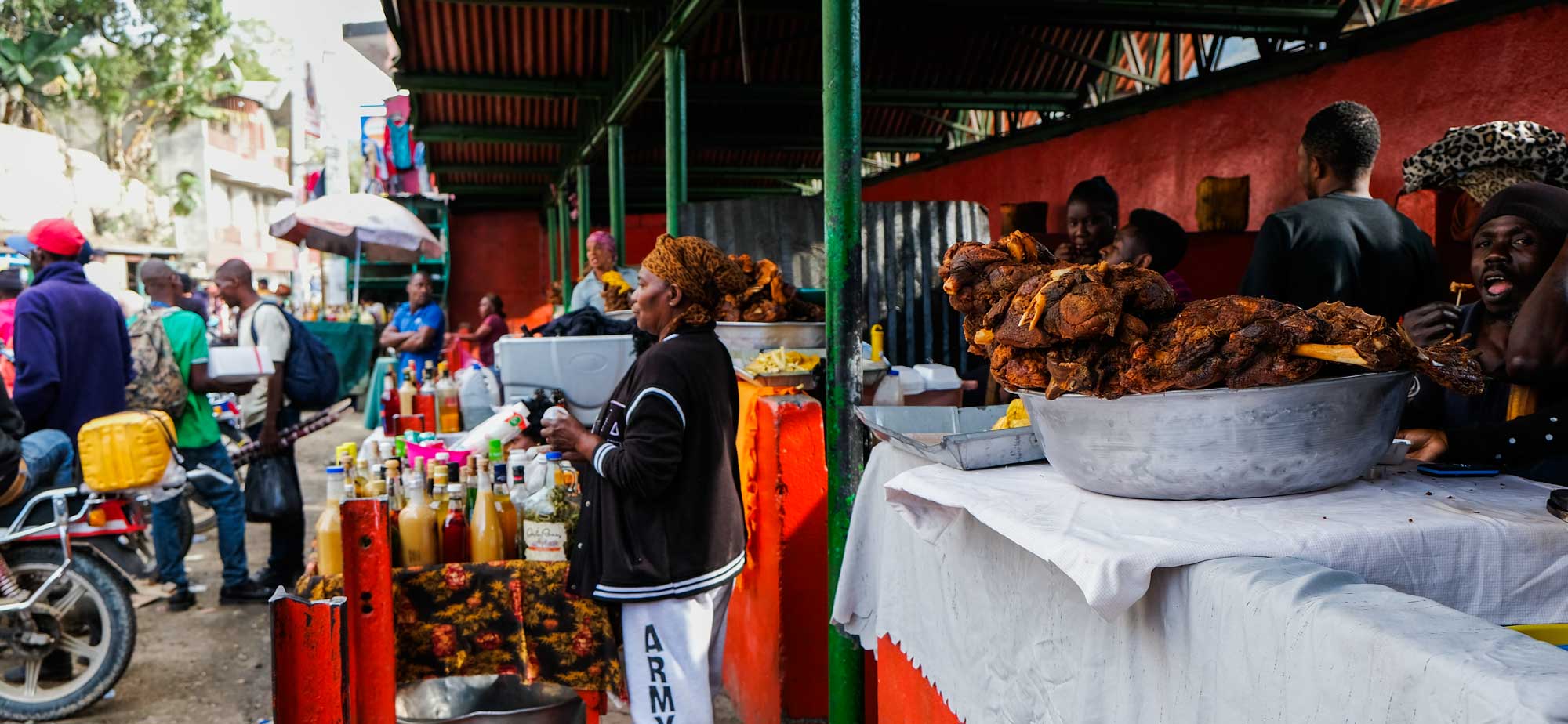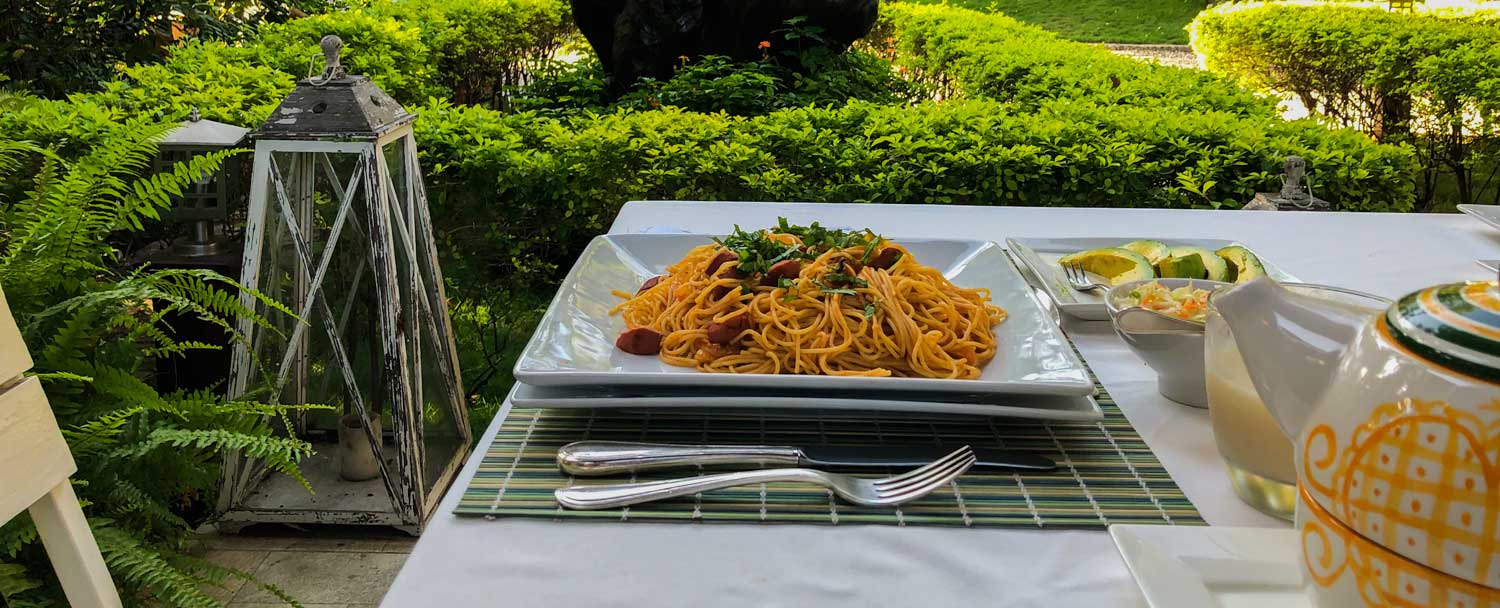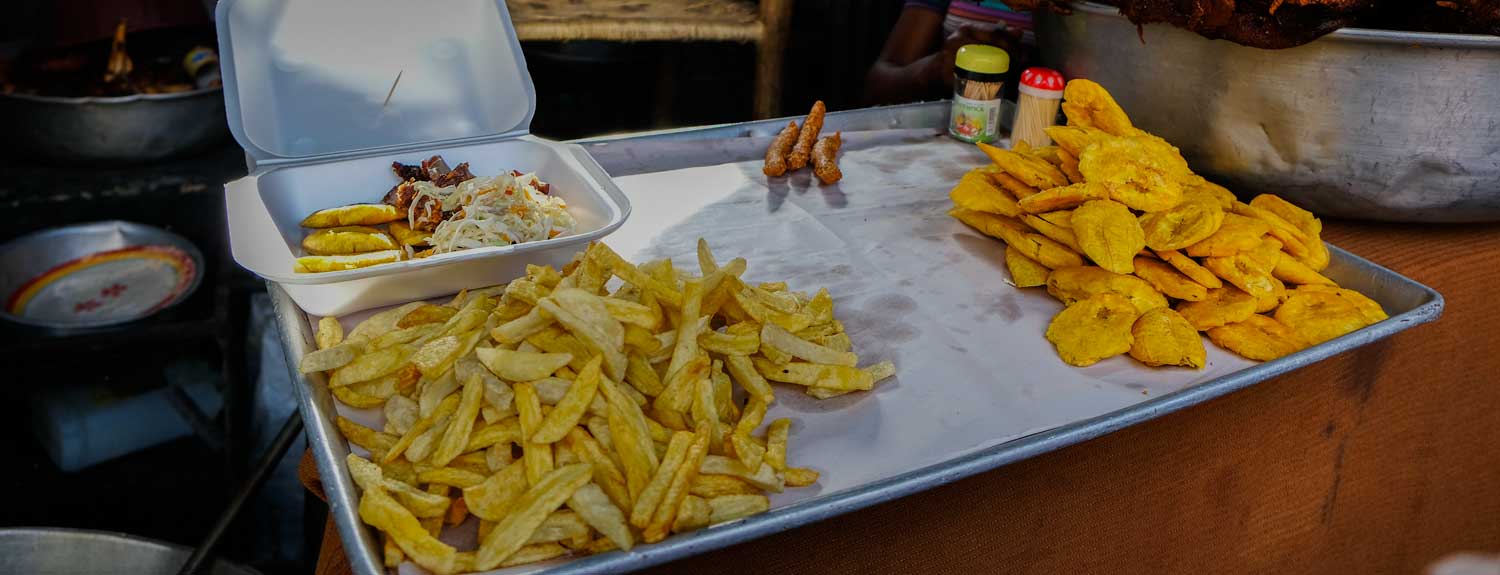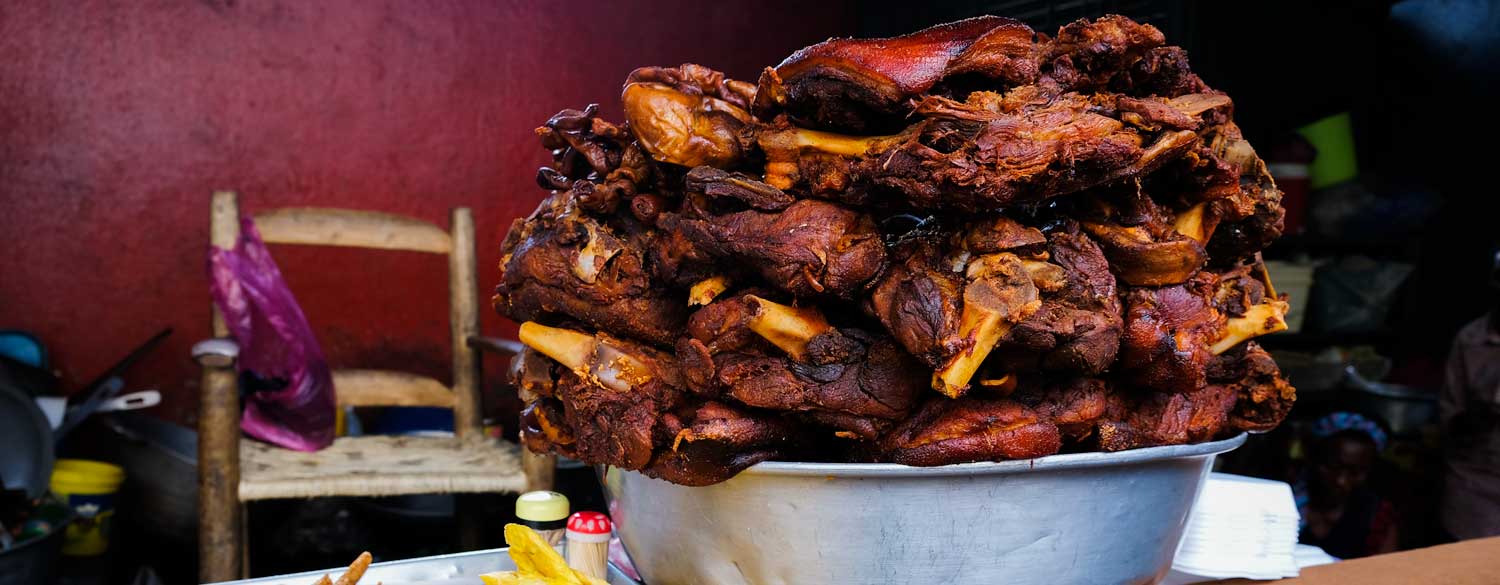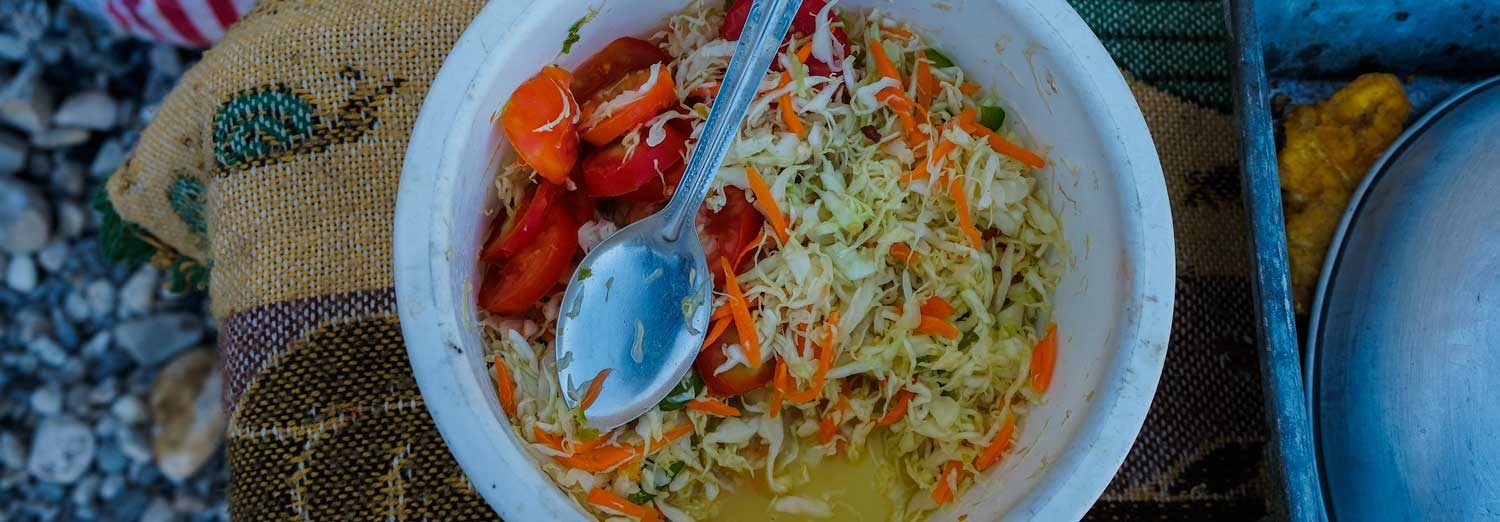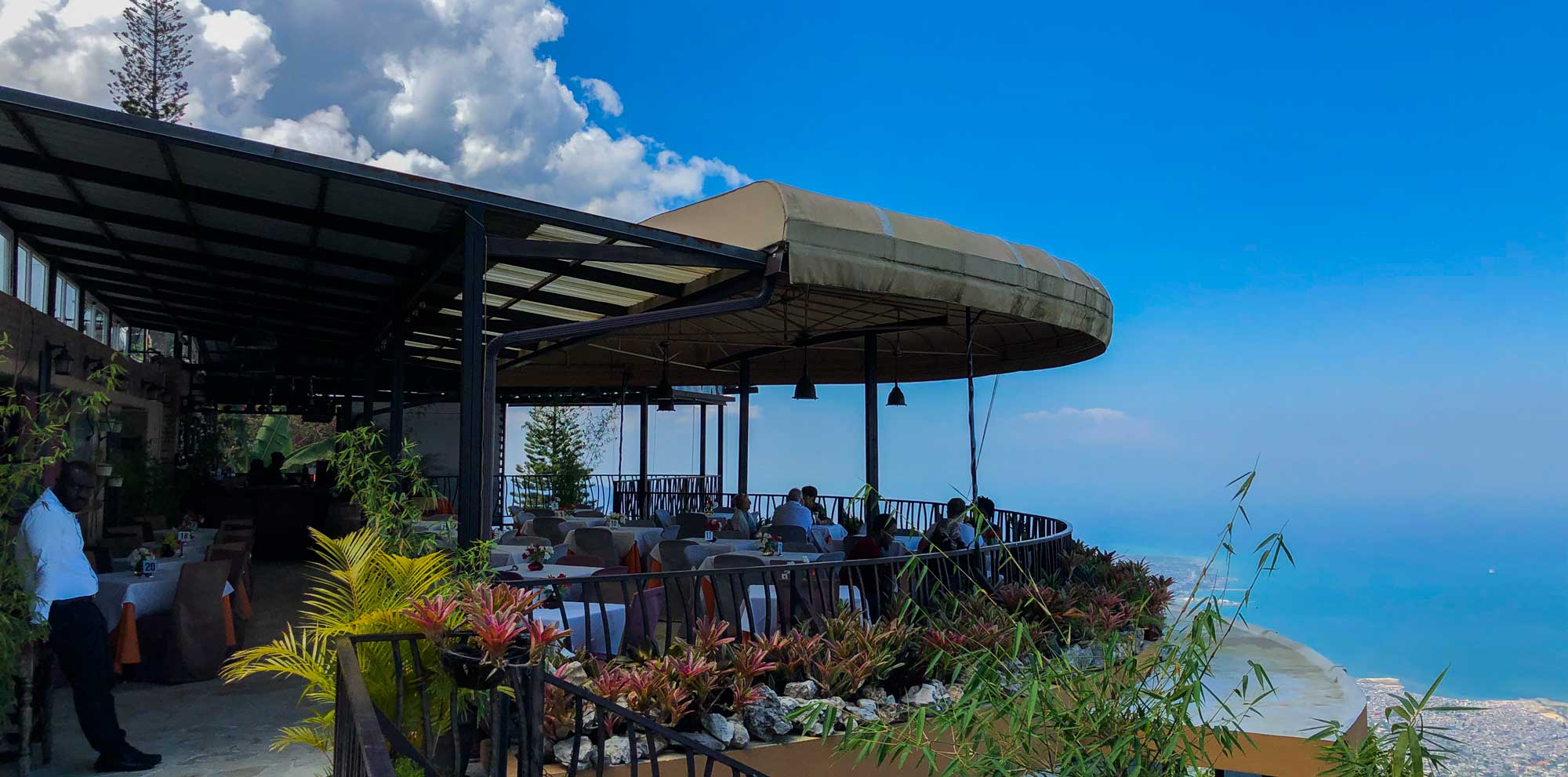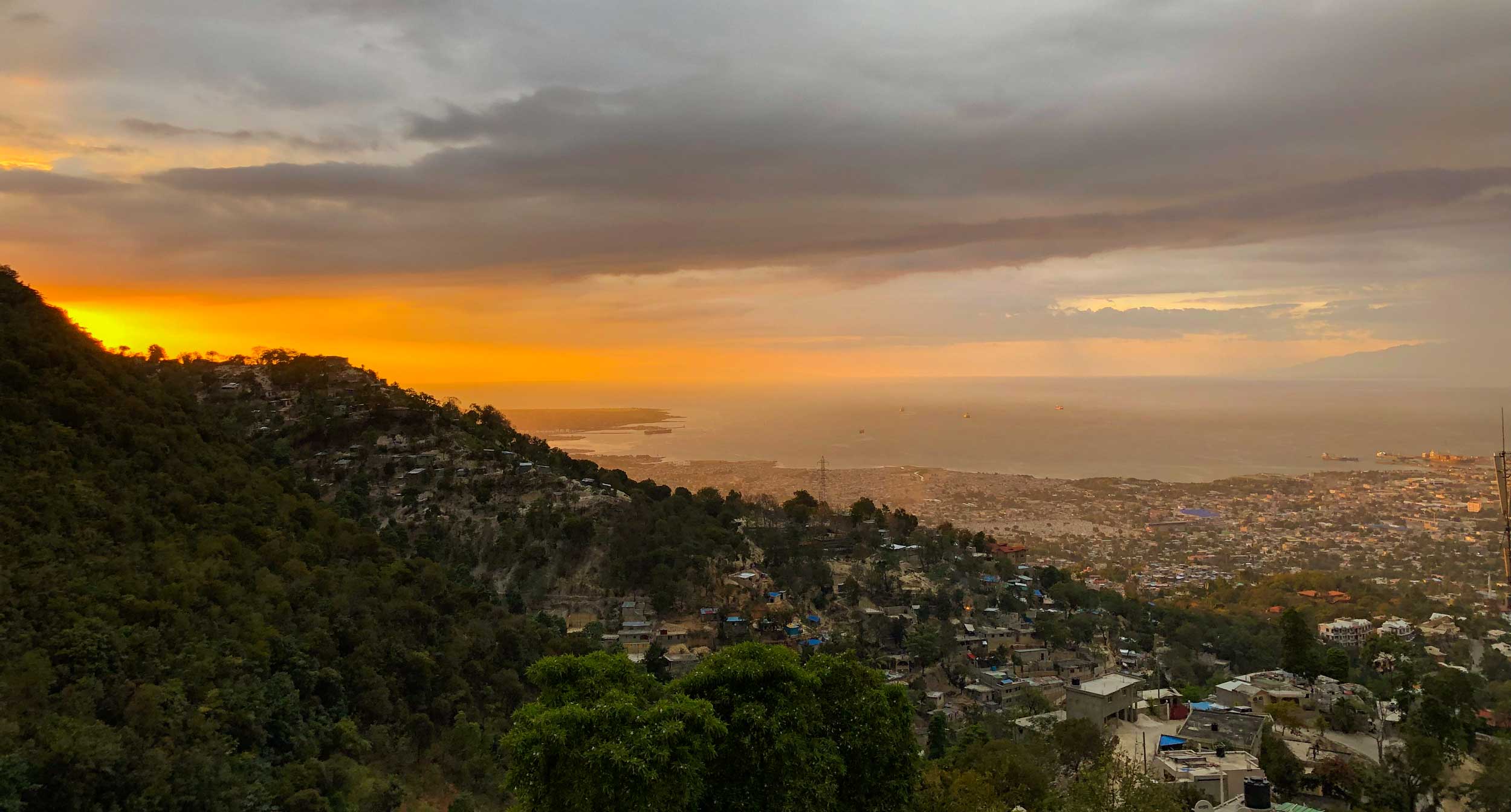
Photo: Anton Lau
City Guide: Port-au-Prince
Just a two-hour flight from Miami, Port-au-Prince will probably be your first stop in Haiti, and the best way to find the pulse of a country is to take a few steps in its capital city.
About 1 million people live in the metropolitan area, with another 1.5 million living on the surrounding hills and coastline. Although some areas are troubled (as with any populous city), Port-au-Prince has several upmarket districts where visitors can safely stay and explore on their own.
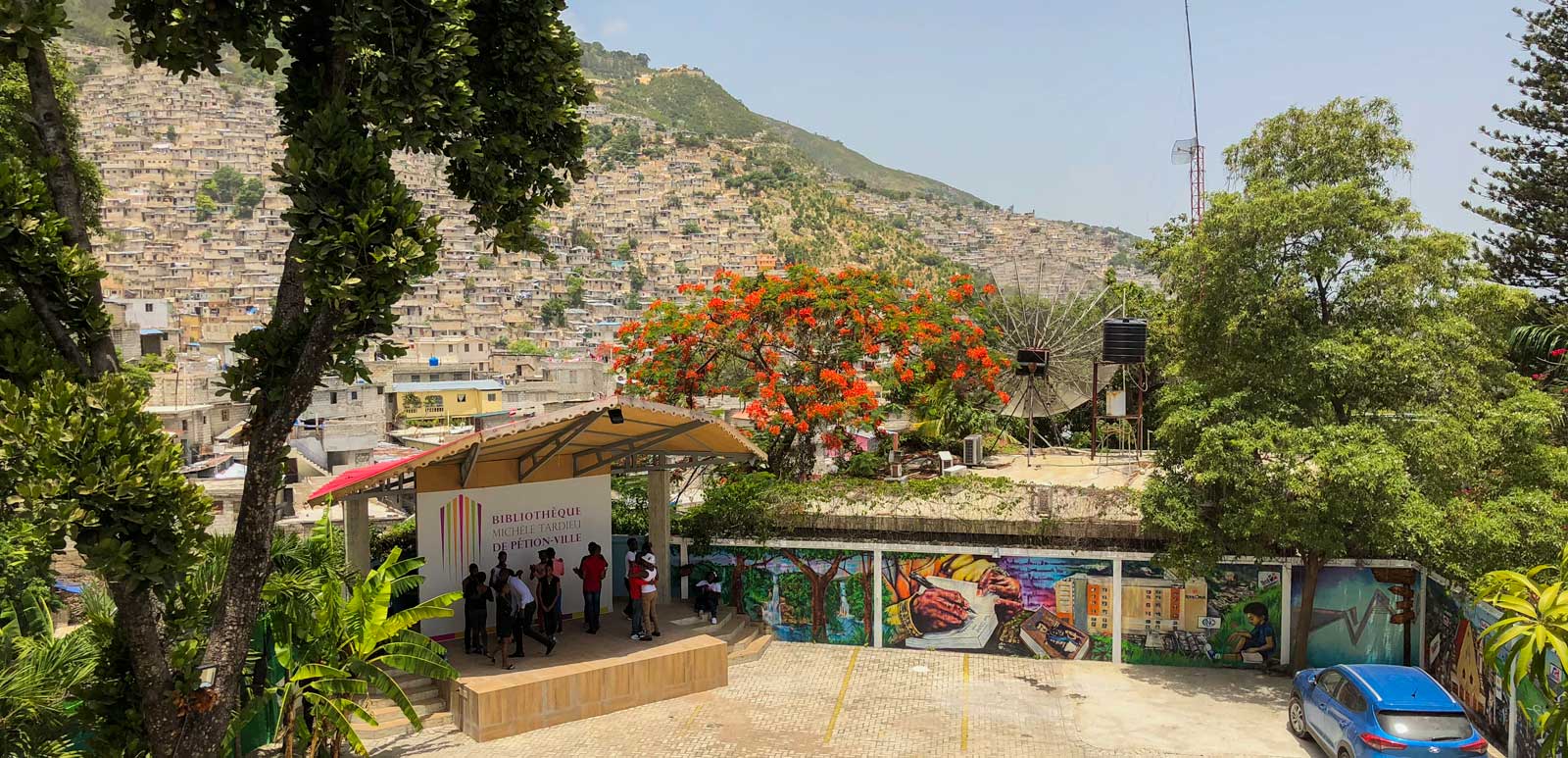
Photo: Anton Lau
The basics
Vacationers looking for a comfortable Caribbean holiday on a budget will find Port-au-Prince a great place to easily book hotels, rent cars, dine at a variety of restaurants, and head out to party on weekends. Those who are seeking more authentic accommodation in Haiti (such as Airbnb or staying with a host) need to be prepared for a few things – unpredictable power outages being the most important.
Once you’ve got that down, though, Port-au-Prince is a rich and colorful delight that keeps travellers coming back for more. There are so many pockets and places to explore, but we’ve got the essentials covered!
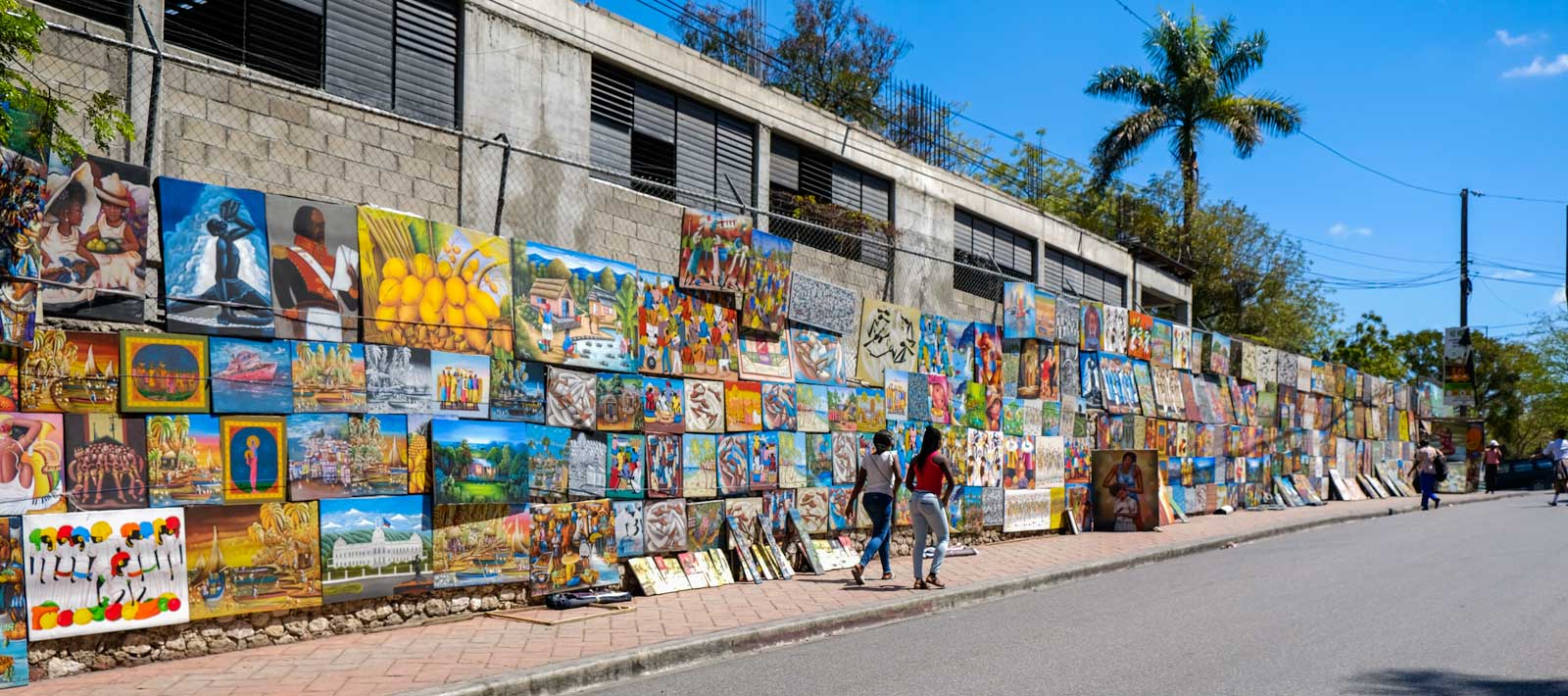
Photo: Franck Fontain
Art & Culture
Jacmel may be called the cultural capital of Haiti, but the streets of Port-au-Prince are overflowing with art and artist-led initiatives are thriving.
For an introduction to Haitian arts and crafts, we recommend walking along Place Saint-Pierre, especially the block surrounding Institution Saint-Joseph. Here, artisans arrive early to set up temporary displays of paintings, sculptures, woodwork and trinkets for you to browse and haggle over.
Champ de Mars is another key destination for Haitian handcrafts. The artisans here specialise in bold jewelry and leather goods such as sandals and bags. The stall owners are business people as well as artisans, so expect to haggle, but given the relative cost of living here it’s still easy to find a price that supports the artist and offers visitors a bargain.
If you want to visit an art gallery, we recommend Galerie Monnin in Laboule, as well as Carré Zémès in Thomassin. Both are open to the public and feature eclectic collections of work from Haitian artists working in paint, sculpture and other media.
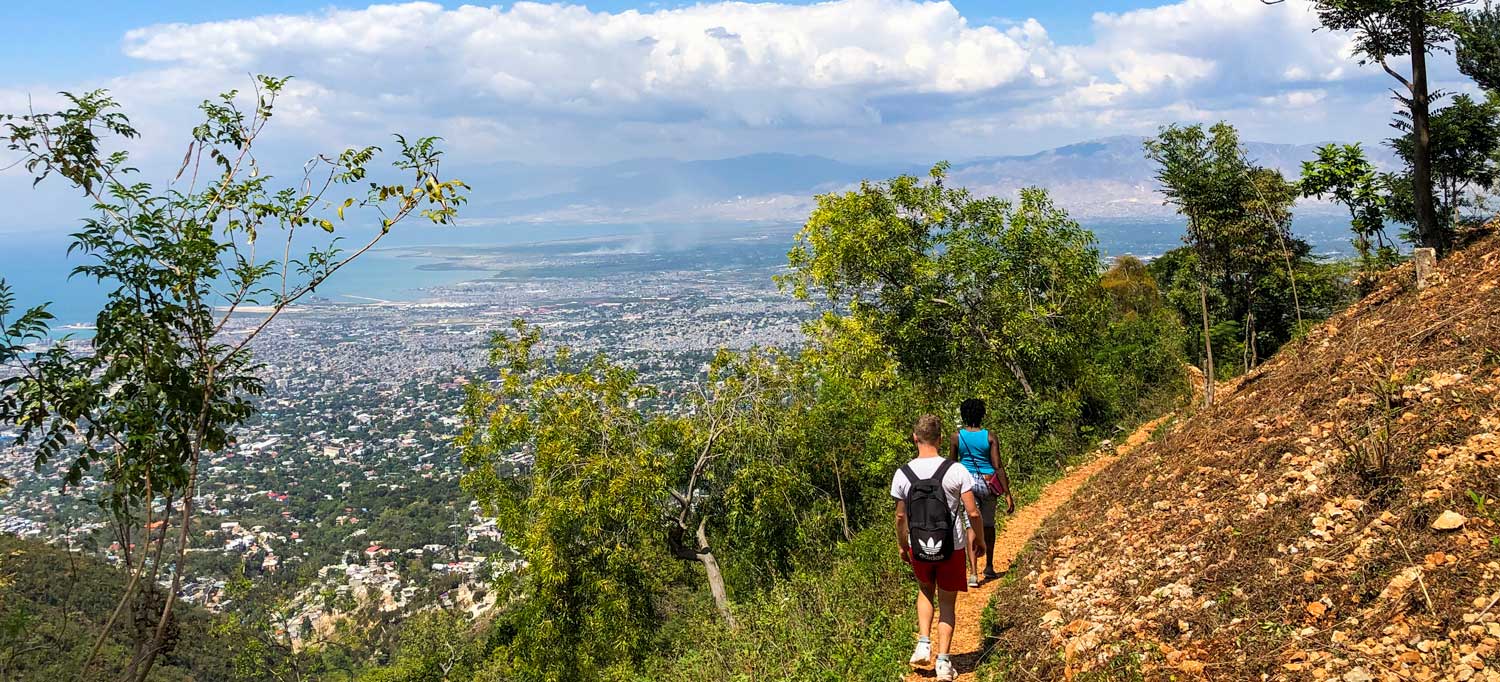
Photo: Anton Lau
Urban adventure
Looking for a top-notch outdoors experience without leaving Port-au-Prince?
Fort Jacques is an easy, accessible option if you are looking to get some time in nature, or want to picnic with a view. If you drive up in a car, expect to pay locals a small fee for park maintenance, or for parking safety. For those who are looking to get some hiking under their belt, the Boukan waterfall is a great place to start. Make sure you head there with a guide – preferably someone from the area of Fermathe.
Other places to get a breath of fresh air are Boutillier, Obléon and Furcy – a bit farther out of Pétion-Ville, but definitely worth the drive. Remember to pack a jacket in case it gets chilly – up in the hills the temperature can drop surprisingly quickly!
Hang out with locals
In the mood for a morning, midday, or afternoon stroll? Port-au-Prince is full of public squares where you can soak up the tropical sun and Haiti’s vibrant island atmosphere.
If you are in Pétion-Ville, you have the choice between Place Boyer and Place Saint-Pierre. Downtown? Champ de Mars is the place to go! This is where most Haitians in the capital spend time between classes if they’re students, between shifts if they’re street vendors, or meeting friends en route.
At most squares you’ll find merchants selling street food and drinks. For an authentic Haitian treat – and relief from the Caribbean heat – look for a vendor selling snow-cones known as Fresko.
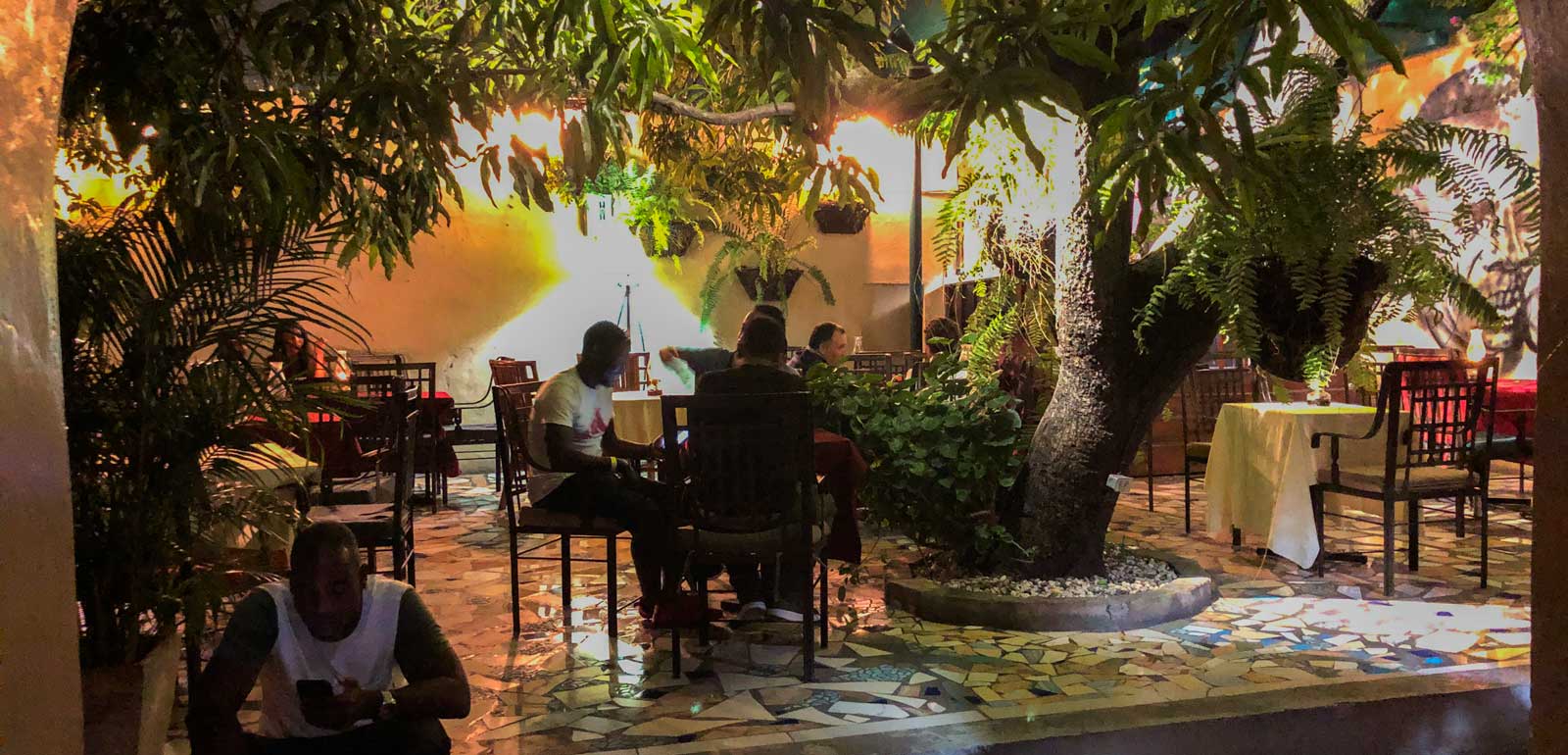
Photo: Anton Lau
Food, drink, street life and nightlife
Where to eat
Hungry? With a diversity of cooking traditions and ingredients sourced from around the island, Port-au-Prince is Haiti’s culinary capital! Head over to La Coquille in Pétion-Ville for their Haitian food buffet, where you will be able to try the different types of rice and meats available that day, as well as a complimentary dessert.
If you are eager to try Haitian seafood, but haven’t yet scheduled your beach getaway, fear not! Vivano, also known as Coin des Artistes, is the place to go. Here, make sure you try the grilled fish, as well as the stewed fish, with a side of either crispy fried plantains or fried potatoes. If you happen to be in Haiti outside of lobster mating season (which runs officially from April 1st to June 30th), you will definitely want to try this Caribbean delicacy!
Karibe Hotel offers delicious Haitian cuisine in a more calm, relaxed, tropical setting. The hotel’s greenery transports you to an atmosphere outside of the city, letting you soak up those Caribbean island vibes without leaving Port-au-Prince.
Where to drink
Fancy a cocktail?
If you’re in Pétion-Ville, Fubar is a great place to start for all types of cocktails. Asu is a more high-end option, with delicious mojitos and a view to match. Downtown, Yanvalou has the best rum sours, and you will definitely want to stop at Gingerbread for their house-made cocktail mixes.
The beer standard in Haiti is an ice-cold (or byen frape, in Kreyòl) Prestige!
Where to party
Port-au-Prince is a nightlife powerhouse. While a variety of DJ parties happen every week, you can count on at least two events come rain or shine. The first is Live Groove on Thursdays at Yanvalou, in Pacot, and the second is Flashback Friday at Fubar, in Pétion-Ville.
If you are not able to make it to Yanvalou’s Live Groove or Fubar’s Flashback Friday, you can almost always catch a resident or rising DJ at a fan-favorite bar or restaurant – Asu, for example, often hosts young talent.
If you are more into live music, head over to Vivano or to Presse Café – both in Pétion-Ville – for the best in authentic troubadour or konpa music.

Photo: Franck Fontain
Who should go?
If you only plan to visit one place in the Caribbean, Port-au-Prince offers intrepid travellers excellent value.
It’s the hub of activity in Haiti, and offers visitors a taste of everything this island has to offer: music, art and festivals for travellers looking to immerse themselves in a new culture; beaches and parties for a fun summer break; and peaceful, quiet corners for the solo-traveler. Port-au-Prince is also a great place to explore Haiti’s unique place in history as the first Caribbean nation to successfully throw off colonial rule.
A city finds its rhythm in the lives of its people – how will you dance along to daily life in Port-au-Prince during your stay?
Written by Kelly Paulemon.
Published March 2019
Top things to see in Port-au-Prince

Paradise for your inbox
Your monthly ticket to Haiti awaits! Get first-hand travel tips, the latest news, and inspiring stories delivered straight to your inbox—no spam, just paradise.







